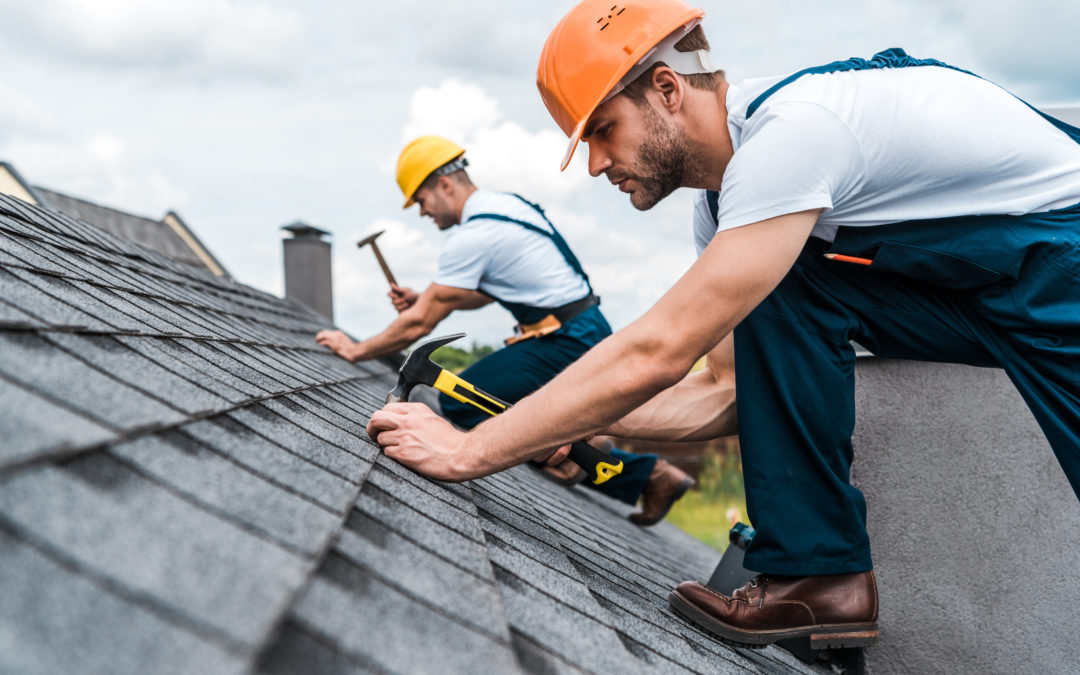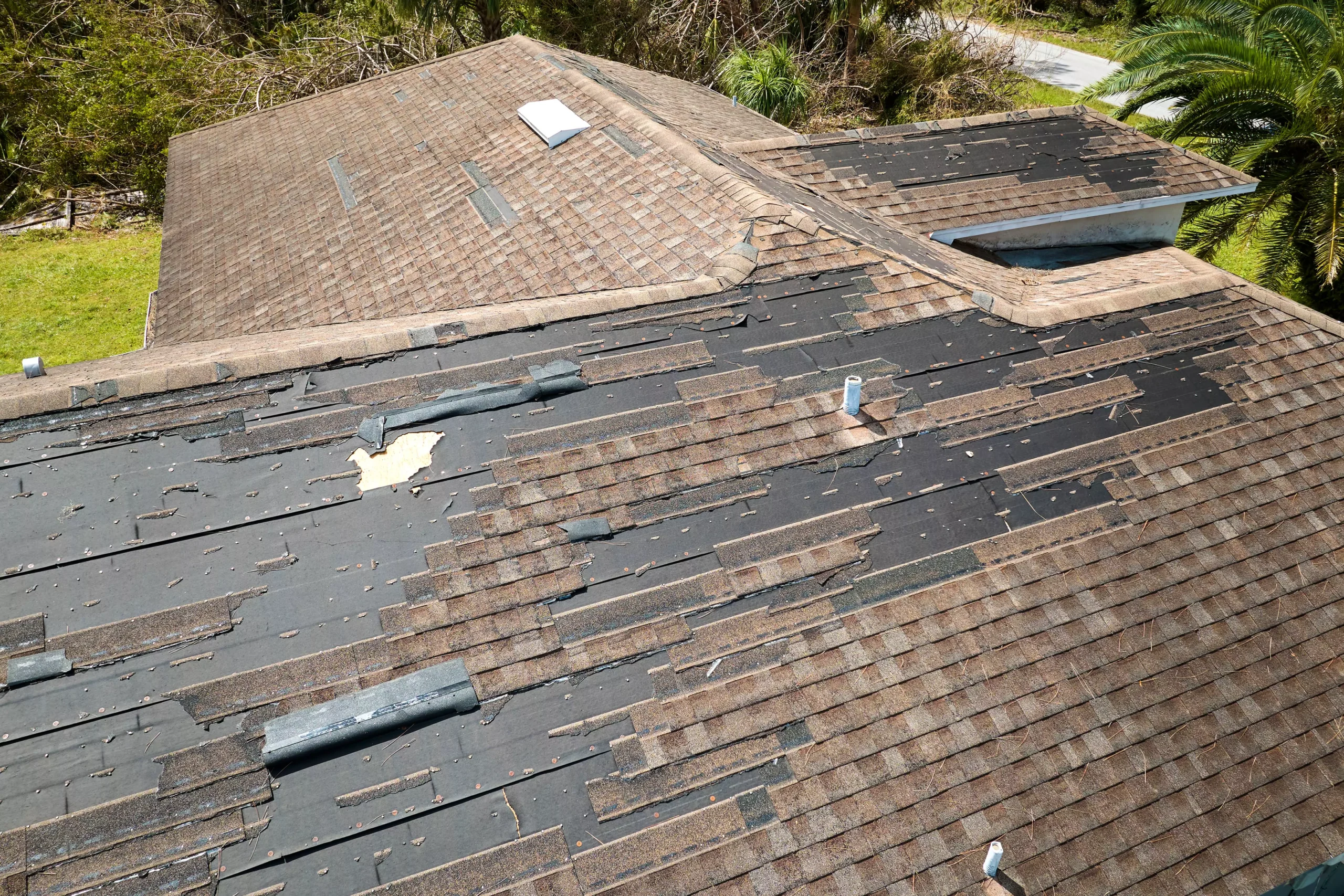New Roof Installation: Update Your Home with a Durable Roof
Reviewing the most effective Roof Materials for Substitute: A Comprehensive Evaluation of Sturdiness, Price, and Aesthetic Allure
Picking the ideal roof covering material for replacement includes a careful evaluation of several crucial variables, consisting of toughness, cost, and visual appeal. Each alternative presents one-of-a-kind advantages and downsides; for instance, asphalt tiles are budget-friendly yet shorter-lived, while steel roofs guarantee long life at a higher investment. The visual influence of materials like clay ceramic tiles can not be forgotten, despite their premium rate factor. Recognizing exactly how these components interact can substantially affect the decision-making procedure. As we discover these facets even more, the ramifications for your details situation become progressively relevant.
Summary of Roof Materials
As property owners increasingly focus on toughness and energy efficiency, understanding the various roof covering materials readily available for substitute ends up being vital. The option of roof covering materials directly affects not only the visual charm of a home however also its lasting performance and maintenance expenses.
Among the most usual roofing products are asphalt tiles, metal roofing, and ceramic tile. Steel roofing, which consists of products such as steel and aluminum, offers outstanding resilience and energy effectiveness, typically showing heat and lowering cooling expenses.
Additionally, newer products such as artificial shingles and green roof systems are gaining traction. Synthetic choices simulate standard products while supplying boosted resilience and lower maintenance demands. Eco-friendly roofings, which integrate plants, add to power effectiveness and biodiversity.
Longevity Analysis
When reviewing roof materials for substitute, longevity is a crucial factor that homeowners must take into consideration. The lifespan and strength of roof covering products directly influence long-term upkeep and replacement costs. Various products show differing levels of longevity, making it important to understand their efficiency under ecological stressors.
Asphalt shingles, while preferred for their cost-effectiveness, commonly last 15 to three decades and might require more constant replacement due to degeneration from UV direct exposure and extreme climate. On the other hand, metal roofing supplies exceptional sturdiness, with a lifespan of 40 to 70 years and resistance to wind, fire, and pests. Furthermore, clay and concrete tiles can endure rough conditions, often lasting longer than 50 years, although their weight demands a durable architectural support system.

Price Contrast
Taking into consideration the economic effects of roof covering products is crucial for property owners planning a replacement. The price of roof covering products can vary considerably based upon elements such as material type, installment intricacy, and regional prices differences.
Asphalt shingles are among one find out here now of the most affordable choices, usually ranging from $90 to $100 per square (100 square feet), making them a prominent option for budget-conscious property owners. On the other hand, steel roof can cost in between $250 and $700 per square, relying on the kind of metal and finish picked. While metal roofs often tend to have a greater ahead of time expense, their longevity and power effectiveness may cause cost savings over time.
Clay and concrete ceramic tiles are also on the greater end of the spectrum, balancing between $300 and $600 per square. These materials supply longevity and visual appeal however require a significant initial financial investment.
Finally, slate roofing, recognized for its outstanding sturdiness and classic look, can vary from $600 to $1,500 per square, making it the most pricey option. House owners must evaluate the initial costs versus the expected life expectancy and upkeep requirements of each product to make an informed choice.
Visual Considerations
Aesthetic considerations play an important duty in selecting roofing products, as the roof dramatically impacts a home's general look and aesthetic appeal. Home owners commonly look for materials that complement their architectural design and boost the visual allure of their building. The color, texture, and profile of roof covering products can significantly influence the general aesthetic.
Materials such as asphalt shingles use a selection of colors and styles, making them a preferred selection for residential projects. On the other hand, steel roofing offers a smooth, contemporary appearance and is offered in countless coatings that can suit modern layouts. Traditional options like clay tiles or slate can evoke a timeless beauty, attracting those who favor traditional aesthetics.
Additionally, the combination of roofing materials with surrounding components, such as siding and landscape design, is crucial. A natural shade scheme and unified structures can boost a home's outside and add to its worth. Homeowners ought to also consider just how the selected roof material engages with all-natural light, as this can impact the roofing system's appearance throughout the day. Inevitably, picking visually pleasing roof covering materials you could try this out calls for mindful consideration of personal preference, building design, and the general vision for the home.
Last Suggestions
Picking the best roof covering material can significantly improve a home's toughness and visual charm. roofer. Based on our analysis of longevity, expense, and aesthetic factors, we click here for more recommend three key choices for homeowners thinking about a roofing replacement
Firstly, asphalt shingles continue to be the most popular option as a result of their cost and convenience. They supply a good balance of cost-effectiveness and security, making them ideal for many household applications. However, homeowners must consider their long life, as they usually last 15 to three decades.

Finally, for those seeking a high end visual, slate or floor tile roof supplies unmatched style and longevity. These materials come with a high price tag, their life expectancy can go beyond 100 years, making them a worthy financial investment for high-end homes.
Ultimately, the finest selection will depend upon specific budget, visual choices, and regional climate factors to consider. Property owners must consult with a roofing expert to analyze their particular requirements.
Verdict
Finally, choosing the ideal roofing material requires a cautious assessment of toughness, expense, and visual appeal. Asphalt shingles supply a cost-efficient solution with moderate longevity, while metal roof masters longevity and power performance. Clay and concrete tiles, although more expensive, substantially boost aesthetic allure and hold up against extreme weather. Eventually, the decision must align with individual budget plans, layout choices, and neighborhood environment variables, stressing the relevance of specialist assessment for educated choices.